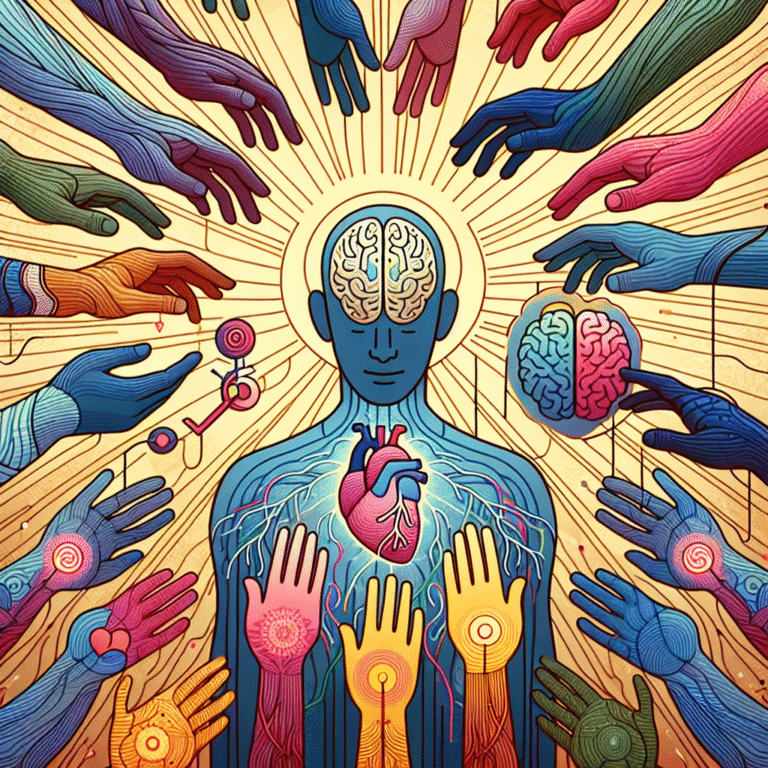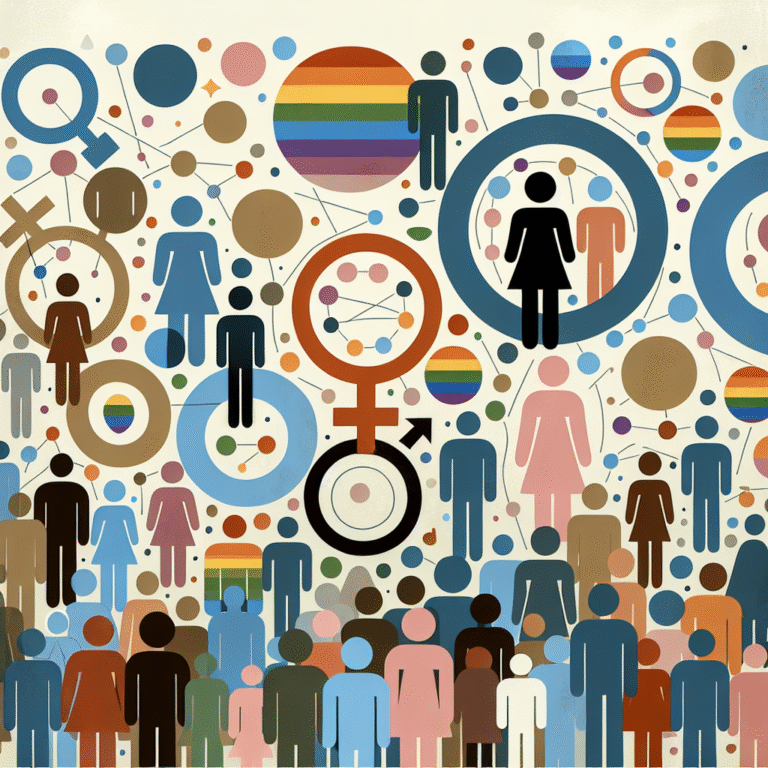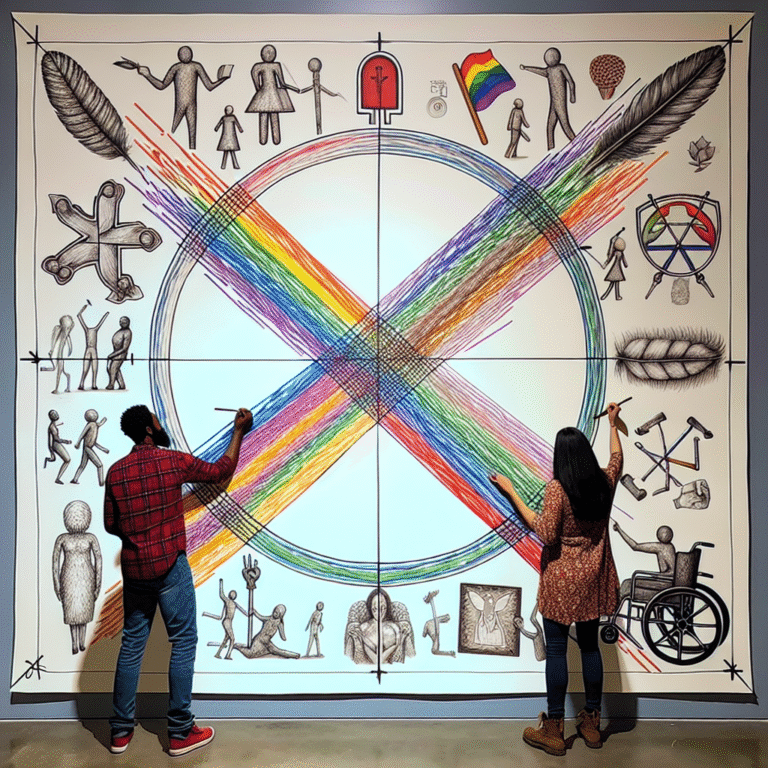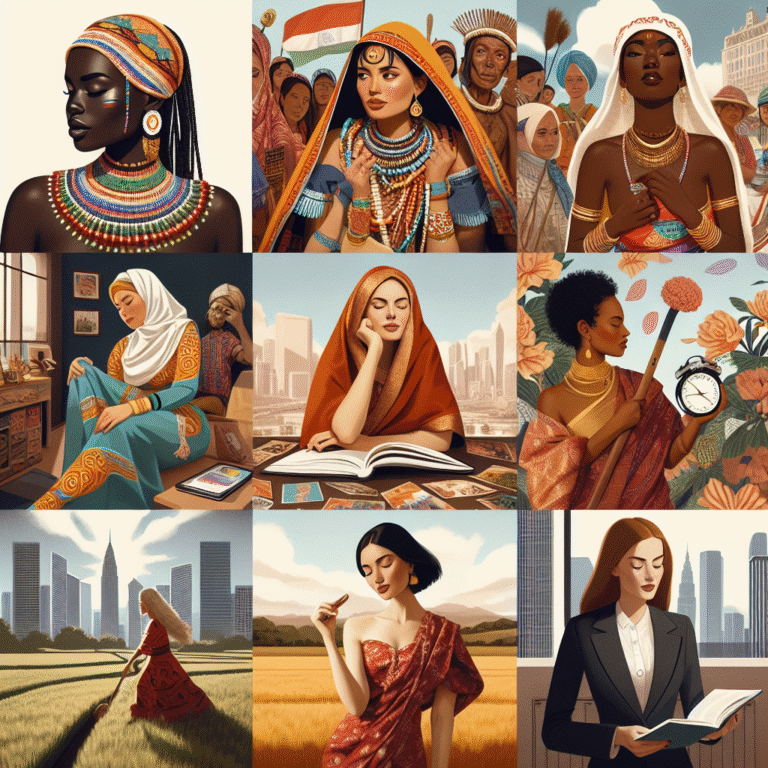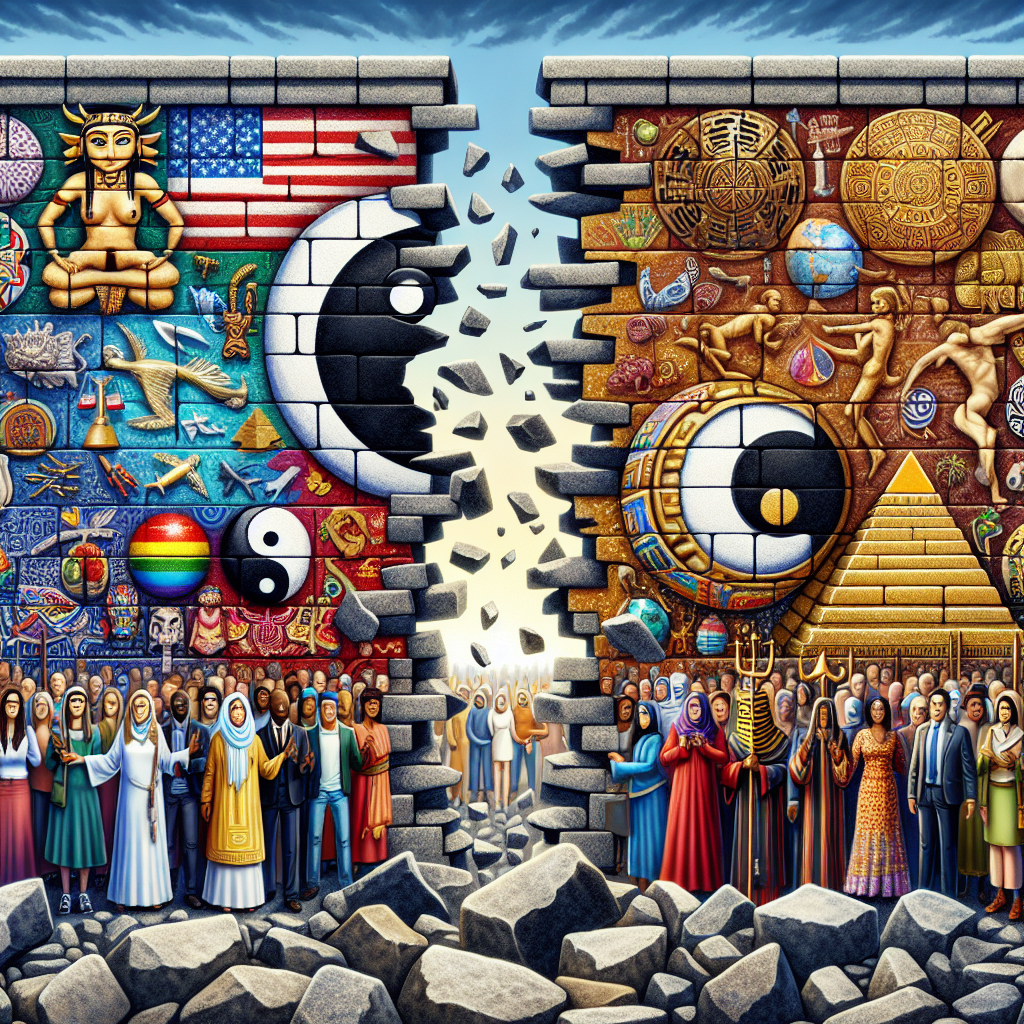
Introduction
In the multifaceted tapestry of modern society, one thread connects us all: the interplay between culture and gender. The concept of Breaking Boundaries: The Interplay of Culture and Gender in Modern Society encourages us to reflect on how cultural norms shape gender identities and roles, and how individuals actively challenge these constructs. With the rapid changes brought about by globalization, technological advancement, and social movements, this topic has never been more relevant. Today, we explore the profound effects cultural influences have on our understanding of gender and the transformative power of individuals who dare to break these boundaries.
Understanding Culture and Gender
Defining Culture
Culture encompasses the beliefs, values, behaviors, and practices shared by a particular group. It serves as a lens through which individuals experience the world. Culture is not static; it evolves through time and adapts to changes in society. Therefore, the interaction between different cultures can lead to the emergence of nuanced identities.
Defining Gender
Gender, distinct from biological sex, refers to the roles, behaviors, and expectations that society attributes to individuals based on their perceived identity. Gender is not strictly binary; it exists on a spectrum, reflecting a diverse range of identities and expressions. Understanding gender in the context of culture reveals how societal narratives can both empower and restrict individuals.
The Intersection of Culture and Gender
Breaking Boundaries: The Interplay of Culture and Gender in Modern Society emphasizes the need to explore how cultural contexts can reinforce traditional gender roles or facilitate new understandings. For instance, in many cultures, masculinity is traditionally associated with strength and dominance, while femininity is often linked with nurturing and submissiveness. However, these norms are continuously contested and redefined by those who challenge the status quo.
Case Studies Illustrating Cultural and Gender Interplay
1. The Impact of Traditional Practices on Gender Roles in Afghanistan
In Afghanistan, cultural traditions heavily influence gender roles. The practice of "bacha posh" allows families without male heirs to raise daughters as sons, granting them the freedom to operate in public life. This practice highlights both the restrictions placed on women and the adaptability of gender roles within cultural frameworks. As more women have pushed boundaries in education and employment, this cultural practice has become a conversation starter about gender fluidity and rights.
Analysis: The bacha posh case study illustrates how cultural customs can create unique gender roles that are neither fully masculine nor feminine. It challenges the binary understanding of gender and shows how traditional cultures can adapt in response to social changes.
2. Gender Identity in Indigenous Cultures
Many Indigenous cultures recognize more than two genders. For example, the Two-Spirit identity among many Native American tribes encompasses gender fluidity and a combination of male and female traits. This recognition illustrates that concepts of gender are culturally specific and challenges the Western binary perspective of gender.
Analysis: The Two-Spirit perspective encourages a re-examination of gender norms in modern society. It offers a powerful counter-narrative to the rigid gender roles that dominate many Western cultures, suggesting a more inclusive understanding of identity and culture.
3. The Feminist Movement in the Global South
The feminist movements in countries like Nigeria and India often reflect unique cultural contexts that differentiate them from Western feminist ideals. Grassroots organizations address local issues such as early marriage, education access, and reproductive rights, emphasizing that women’s liberation must respect cultural identities while empowering women.
Analysis: These movements demonstrate the importance of culturally informed activism. They challenge the perception that feminism is a Western construct and highlight the critical role of local voices in advocating for gender equality.
Summary Table: Comparative Analysis of Cultural Practices and Gender Roles
| Culture | Gender Practice | Implications |
|---|---|---|
| Afghanistan | Bacha posh | Challenges traditional notions of femininity/masculinity. |
| Indigenous Cultures | Two-Spirit identity | Expands understanding of gender beyond binary roles. |
| Global South Feminism | Grassroots activism | Highlights intersectionality in women’s rights movements. |
The Role of Technology in Breaking Boundaries
Social Media as a Platform for Change
The rise of social media has revolutionized the way cultures interact and express gender, serving as a platform for advocacy and awareness. Movements such as #MeToo and #BlackLivesMatter have harnessed social media’s power to challenge cultural norms, raise awareness, and promote gender equality.
Online Communities
Virtual spaces allow individuals to connect across traditional boundaries, sharing experiences and strategies for navigating their cultural and gender identities. Forums, blogs, and social networks create supportive environments for exploring gender fluidity, providing resources for those seeking to express themselves authentically.
Case Study: The Impact of Influencers
Influencers like Jazz Jennings have brought transgender issues into the mainstream. By documenting their experiences, they break cultural taboos and inspire individuals facing similar struggles to embrace their identities and challenge societal norms.
Analysis: The role of influencers in championing gender issues showcases how modern technology can facilitate conversations that were previously confined to private spaces. It emphasizes the need for representation in contemporary discussions about gender and culture.
Challenges and Resistance
Pushback Against Change
Even as individuals and groups work to break boundaries, there is significant pushback from conservative elements within many societies. Traditionalists argue that changing gender roles undermine cultural values and societal stability. This resistance often manifests through political policies aimed at preserving the status quo.
Mental Health Implications
The tension between cultural expectations and personal identity can lead to mental health issues. For instance, individuals who feel pressured to conform to rigid gender norms may experience anxiety, depression, or alienation. Creating supportive environments that acknowledge diverse identities is crucial for mental well-being.
Future Directions: Breaking Boundaries through Education
Emphasizing Culturally Inclusive Curricula
Education plays a vital role in shaping perceptions of gender and culture. Incorporating discussions about gender diversity and cultural differences into school curricula can foster acceptance and understanding. By empowering the next generation with knowledge, we can nurture critical thinkers who challenge societal norms.
Supporting Allyship and Intersectionality
Fostering allyship among different groups enhances efforts to break boundaries. Understanding intersectionality—the idea that various aspects of identity (such as race, class, and gender) overlap and lead to unique experiences—enriches discussions around culture and gender.
Conclusion
Breaking Boundaries: The Interplay of Culture and Gender in Modern Society challenges us to rethink our assumptions about identity, acceptance, and advocacy. By recognizing and embracing the complex and evolving nature of culture and gender, we can foster a world that celebrates diversity. It inspires action through education, allyship, and advocacy, urging individuals to recognize their potential to effect change.
FAQs
1. What does "Breaking Boundaries" mean in the context of gender?
Breaking boundaries refers to the act of challenging and redefining traditional gender norms and roles dictated by cultural influences.
2. How do cultural practices influence gender identity?
Cultural practices shape societal expectations about gender, informing how individuals perceive themselves and their roles within their communities.
3. What role does technology play in changing gender norms?
Technology, especially social media, serves as a platform for advocacy and awareness, allowing marginalized voices to challenge traditional norms and promote change.
4. Can cultural practices evolve to support gender equality?
Yes, cultural practices can evolve as societies confront gender issues, leading to new interpretations and adaptations that promote gender inclusivity.
5. Why is intersectionality important in discussions about culture and gender?
Intersectionality acknowledges that individuals experience multiple identities simultaneously, impacting their experiences with culture and gender. Understanding this complexity fosters nuanced conversations and more effective advocacy.
Incorporating these principles into our understanding of breaking boundaries fosters a richer dialogue around culture and gender, empowering us to create a more inclusive society. Each small step towards recognizing and celebrating diversity can lead to monumental shifts in societal attitudes and norms.




